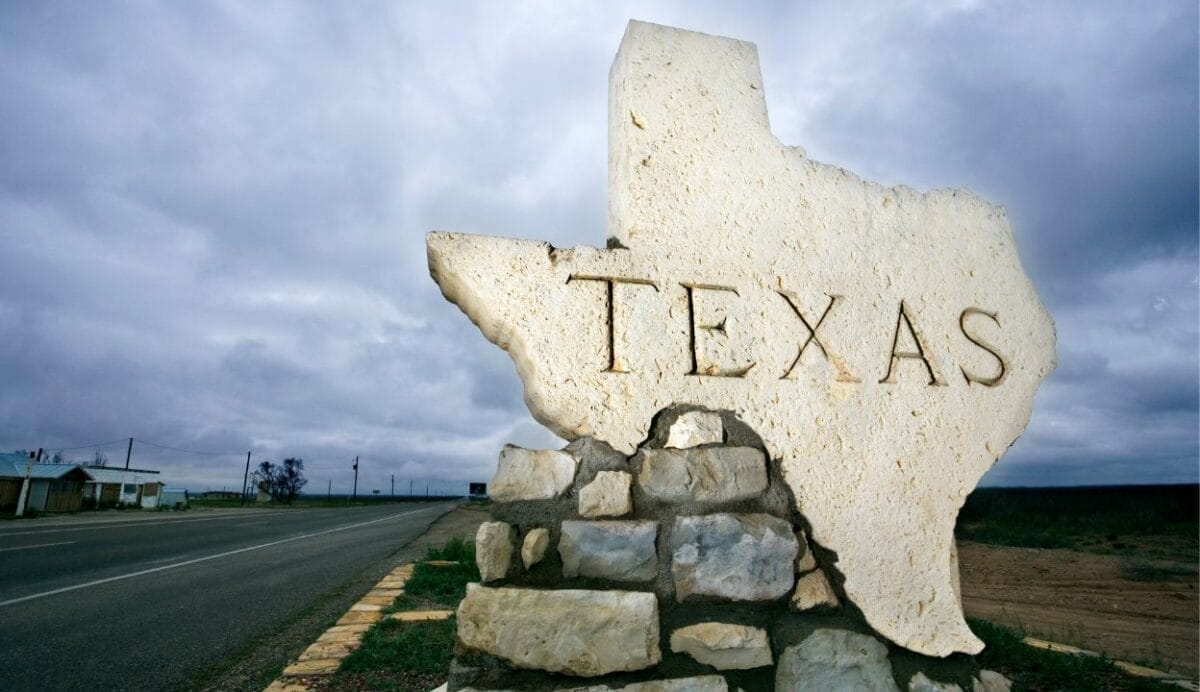Swiss pension fund Publica’s CHF 12 billion ($13 billion) listed equity allocation sits in a portfolio built on a broad universe incorporating engagement, exclusions and a factor strategy, the outputs of which are put through a climate efficient overlay. The overlay, or benchmark, has effectively reduced climate change related financial risks in the equity allocation since 2018 in line with PUBLICA’s long-term risk objectives.
The strategy is one of the most enduring examples of how benchmarks help reduce carbon emissions. It is also an example of how long-term risk management rather than legislation can drive ESG strategy. Unlike its European peers, there is no mandate in Swiss pension legislation to incorporate ESG criteria in the investment strategy of the country’s pension plans. PUBLICA’s bespoke benchmark isn’t a consequence of legislation or a target to reduce greenhouse gas emissions in the portfolio, explains Frederik von Ameln, portfolio strategist at PUBLICA in an interview with Top1000funds.com.
PUBLICA began to build its own benchmark back in 2018 after its strategic risk management processes flagged global warming as a significant source of financial risk, mandating the investment team reduce the financial impact of climate change on the portfolio. It would be a couple of years until European regulation started to kick-in and trigger the proliferation in off the shelf Paris-aligned benchmarks.
“Today the world is awash with Paris-aligned benchmarks but in 2018 none existed,” said von Ameln.
With no option but to build something for itself, PUBLICA created an investible universe by first excluding companies, either in line with mandatory exclusions (like nuclear weapons) or by dropping companies at risk of being stranded by the transition. So far, the focus has mainly been on coal on the basis that coal groups have not diversified like oil and gas companies, and only a few are still quoted.
But von Ameln stresses exclusion is always a last resort. “Once you dispose of equities you have no way of interacting with management anymore. We prefer to engage with companies and convince them to address financial risks and improve the profit in the long run.”
Next, discussion turned to what criteria should shape the benchmark. A forward-looking approach was quickly identified as key. “If you just use a company’s carbon footprint or emissions intensity metrics it doesn’t tell you anything about the future. We wanted something forward looking. Once you have forward looking data, you can make decisions.”
Elsewhere the team decided the overlay must incorporate companies both at risk and set to gain from the opportunity of climate change and selected MSCI to construct the index and niche specialised data provider Carbon Delta (since bought by MSCI) to provide the data.
Metrics in the overlay
The most important metric in the overlay is the Carbon Value at Risk of each company. Derived from three elements it comprises Policy Carbon Value at Risk (quantifying the costs a company faces associated with the transition to a net zero economy) Technology Carbon Value at Risk (representing opportunities from developing or monetizing technologies to lower carbon emissions, for example) and Extreme Weather Carbon Value at Risk, drawn from a database of company locations and facilities to the potential financial impact of adverse weather patterns.
Challenges in the data led the team to settle on another key element of the overlay. Although a company’s Scope 1 and 2 data is reasonably accurate because it can be derived from energy consumption, Scope 3 emissions are harder to measure and rely on estimates introducing inaccuracies. The Climate Value at Risk metric is similarly problematic.
“The metric is derived using a lot of assumptions which are then processed by, at times, extremely complex models. Inevitably, errors in assumptions and model errors find their way into the metrics we use to create our benchmarks.”
Cue the decision to use quantitative analysis rather than applying fundamental, human analysis to the data. A quant approach would eliminate human bias and ensure the same model framework is applied across the whole process. “At least all errors and inaccuracies are applied in a consistent way across the whole universe. We traded accuracy for consistency. While the model is likely to be subject to estimation errors, these errors are applied to all companies in a consistent way and as models and data improve over time, so should model outputs.”
Tracking error Constraints
PUBLICA has put tracking error constraints in place to limit deviations. The team is not looking for returns that are substantially different to the parent index, seeking comparable risks, volatility, and style. “It is a question of nudging the portfolio in the right direction,” he says. However, although the portfolio in aggregate trades in line with the parent index, the weight of individual index constituents in the parent index and the optimized index can differ significantly.
Perhaps von Ameln’s most important piece of advice is to recognise that benchmarks are constantly evolving. “The team are always discussing and reviewing whether new criteria should be incorporated. It’s not a revolution, benchmarks evolve. They are living beasts.”
Witness how PUBLICA recently reviewed its coal exclusions, refining the methodology. Drawing on data that revealed how much electricity groups produce from thermal coal, the team extended its exclusions to some companies. The refined methodology now differentiates between utilities selling their coal assets and those retiring them and replacing them with renewables.
Communication with stakeholders, particularly attribution and reporting, is also another vital pillar, he advises. A key area of the reporting process is that team show the overlay’s impact when it comes to reducing financial risk stemming from climate change compared to a standard cap weighted index. “You need to be able to explain what you are doing and why,” he says.
Another way this manifests at PUBLICA is the team’s ability to explain the cost incurred from coal-based exclusion. “We have designed the framework to allow us to show the investment committee the cost or profit of each type of exclusion.”
What about returns?
To date returns from the overlay reveal a mixed picture, dependent on the length of an investment, and region. “Sometimes the overlay produces a nice outperformance but sometimes it goes the other way,” he reflects. He says the factor strategy tends to have a larger impact on performance than the overlay component in relative terms. Moreover, it will take more than 10 years to know for sure if PUBLICA’s approach has addressed the long-term risk to the portfolio.
Still, the evidence so far shows that the overlay has successfully reduced the carbon footprint of the portfolio and von Ameln expects further regulation to enhance corporate transparency and standardization, increasing data availability and quality over time.
And for as long as there isn’t a mandate in Swiss pension legislation to incorporate ESG criteria in the investment strategy of the country’s pension plans, it’s business as normal.
“Our focus remains on making sure that we address all the risks in our portfolio including climate related financial risks and opportunities.”



